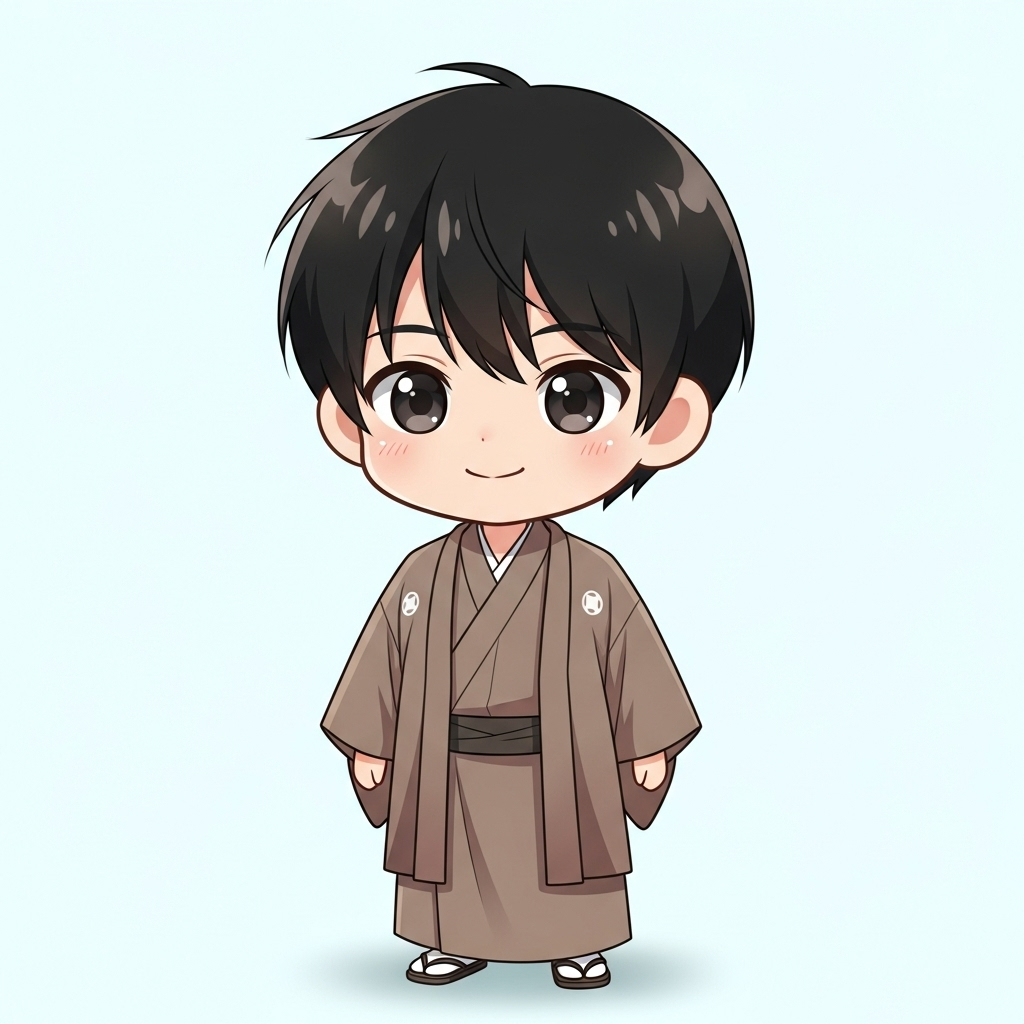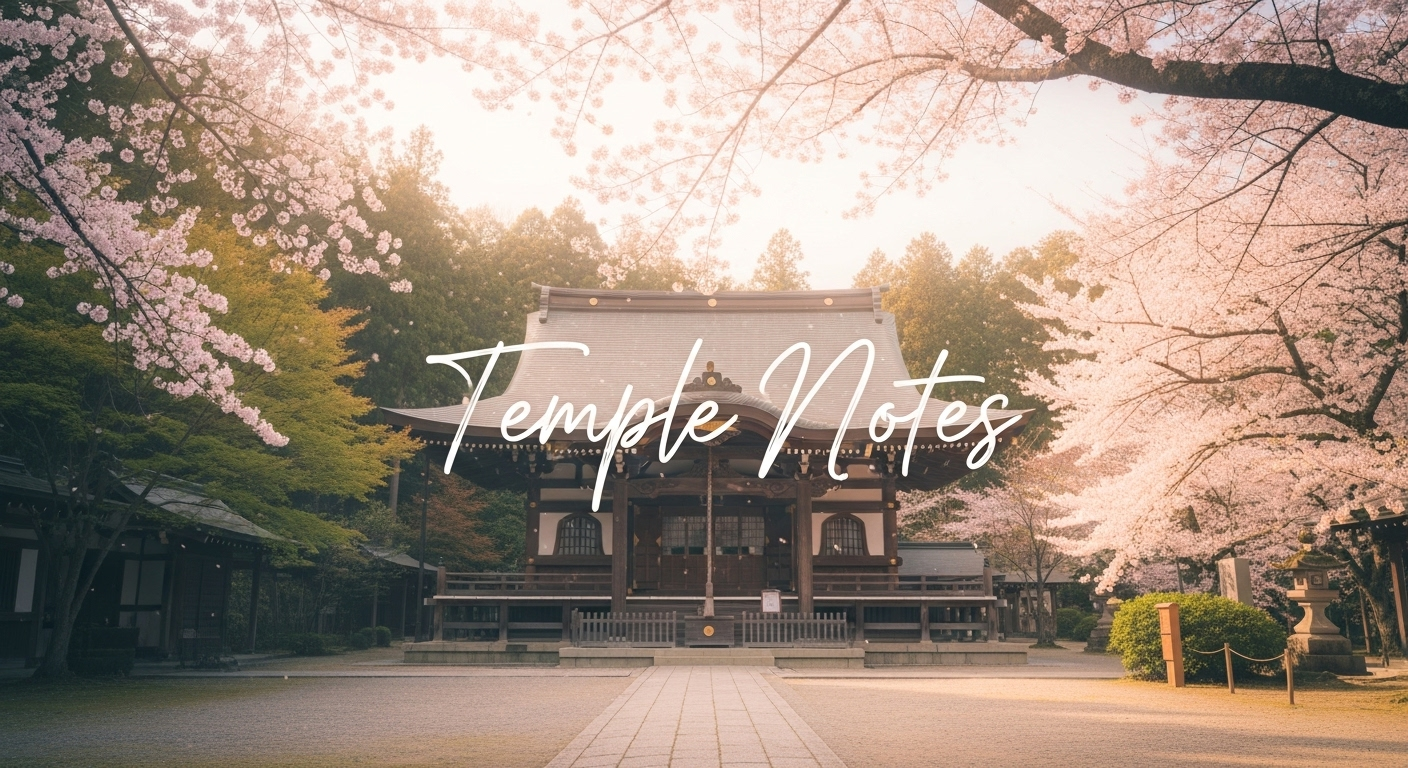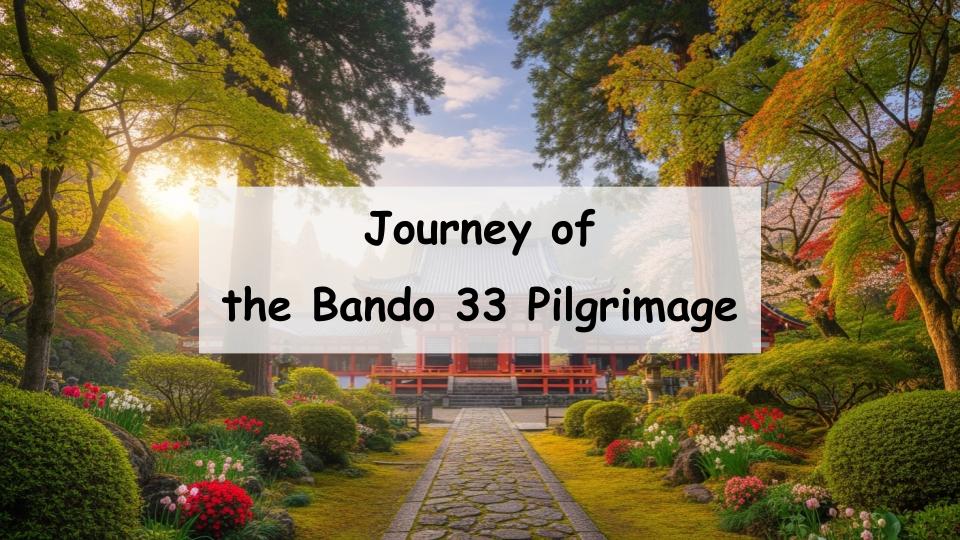When you hear the phrase “Bando 33 Kannon Pilgrimage,” you may wonder what exactly it is and which temples are worth visiting. In short, the Bando 33 Kannon Pilgrimage refers to a traditional spiritual journey across 33 temples spread throughout the Kanto region of Japan. By visiting these temples, worshippers seek the blessings of Kannon Bodhisattva and find peace of mind. In this article, we’ll explain the history and significance of the pilgrimage and introduce five temples that are especially beginner-friendly and worth adding to your travel plans.
What is the Bando 33 Kannon Pilgrimage? Its Origins and History
Origins and Background
The Bando 33 Kannon Pilgrimage consists of 33 temples dedicated to Kannon Bodhisattva located across the Kanto area. Historical records indicate that pilgrimages to these temples were already taking place in the Kamakura period, and over time, the route was formalized.
Purpose and Spiritual Meaning
This pilgrimage is more than sightseeing—it’s a religious practice of devotion to Kannon, the embodiment of compassion. Many people visit to pray for healing, safe childbirth, or family well-being. At the same time, walking from temple to temple offers opportunities for reflection and connection with local history.
Difference from the Saigoku 33 Kannon Pilgrimage
While the Bando 33 is centered in eastern Japan (the Kanto region), the Saigoku 33 Kannon Pilgrimage is located mainly in western Japan (the Kansai region). Both have deep histories, but they differ in their origins, traditions, and regional culture.
The Pilgrimage Route
Location of the Temples Across Kanto
The temples are scattered throughout Tokyo, Kanagawa, Saitama, Chiba, Ibaraki, Tochigi, and Gunma. Because the locations are spread out, many pilgrims visit them in regional groups, such as touring all the temples in Kamakura in a single day.
The 33 Temple List (Bando 33 Kannon Pilgrimage)
Here is the complete list of the 33 sacred temples of the Bando pilgrimage, with their temple numbers and locations:
- Sugimoto-dera (Kamakura, Kanagawa)
- Ganden-ji (Zushi, Kanagawa)
- Anyo-in Tashiro-ji (Kamakura, Kanagawa)
- Hase-dera (Kamakura, Kanagawa)
- Shoufuku-ji (Odawara, Kanagawa)
- Hase-dera (Atsugi, Kanagawa)
- Komyo-ji (Hiratsuka, Kanagawa)
- Hoshidani-ji (Zama, Kanagawa)
- Jiko-ji (Tokigawa, Saitama)
- Shobo-ji (Higashimatsuyama, Saitama)
- Anraku-ji (Yoshimi, Saitama)
- Jion-ji (Iwatsuki, Saitama)
- Senso-ji (Taito, Tokyo)
- Gumyo-ji (Minami Ward, Yokohama, Kanagawa)
- Hase-dera (Takasaki, Gunma)
- Mizusawa-dera (Shibukawa, Gunma)
- Mangan-ji (Tochigi, Tochigi)
- Chuzen-ji (Nikko, Tochigi)
- Otani-ji (Utsunomiya, Tochigi)
- Seimei-ji (Mashiko, Tochigi)
- Nichirin-ji (Daigo, Ibaraki)
- Satake-ji (Hitachiota, Ibaraki)
- Shofuku-ji (Kasama, Ibaraki)
- Rakuhou-ji (Sakuragawa, Ibaraki)
- Omido (Tsukuba, Ibaraki)
- Seiryu-ji (Tsuchiura, Ibaraki)
- Enpuku-ji (Choshi, Chiba)
- Ryusho-in (Narita, Chiba)
- Chiba-dera (Chiba City, Chiba)
- Kozo-ji (Kisarazu, Chiba)
- Kasamori-ji (Chonan, Chiba)
- Kiyomizu-dera (Isumi, Chiba)
- Nako-ji (Tateyama, Chiba)
- Goryo-ji (Komyo-ji) — Kamakura, Kanagawa
- An’yō-in — Kamakura, Kanagawa
- Hase-dera — Kamakura, Kanagawa
- Shojoko-ji (Yugyo-ji) — Fujisawa, Kanagawa
- Ganden-ji — Zushi, Kanagawa
- Hōkoku-ji — Kamakura, Kanagawa
- Myōhon-ji — Kamakura, Kanagawa
- Kōmyō-ji — Kamakura, Kanagawa
- Ofuna Kannon-ji — Kamakura, Kanagawa
- Daijō-ji — Yokosuka, Kanagawa
- Kan’non-ji — Chigasaki, Kanagawa
- Sensō-ji — Tokyo
- Takahata Fudō-son (Kongo-ji) — Hino, Tokyo
- Shōrinzan Daruma-ji — Takasaki, Gunma
- Kannon-ji — Gunma
- Sanuki Kannon-dō — Gunma
- Chūzen-ji — Nikko, Tochigi
- Tamozawa Kannon — Tochigi
- Hasedera Kannon-dō — Tochigi
- Hosen-ji — Tochigi
- Sano Yakuyoke Daishi — Tochigi
- Horyu-ji (or similar local temple) — Ibaraki
- Amabiki Kannon (Rakuho-ji) — Ryugasaki, Ibaraki
- Kegon-ji — Ibaraki
- Ichijo-ji — Ibaraki
- Daigo-ji — Ibaraki
- Ryuko-in — Ibaraki
- Tsukuba-san Jinja Kannon-dō — Ibaraki
- Kasama Inari Kannon-dō — Ibaraki
- Hasedera Kannon — Chiba
- Narita-san Shinsho-ji — Chiba
- Kasamori Kannon (Kasamori-ji) — Chiba
Duration and Model Courses
The time needed depends on the pilgrim. Some people complete the route in a few days by focusing on one area, while others take years to finish all 33 temples. Beginners are encouraged to start with easily accessible sites in Kamakura or Tokyo before moving on to more distant temples.
Collecting Goshuin (Temple Seals)
One of the joys of the pilgrimage is collecting temple seals called goshuin in a dedicated stamp book (nokyocho). Each seal marks your visit and becomes both a personal memento and a symbol of devotion.
Blessings of the Bando 33 Kannon
Kannon Faith and Its Blessings
Kannon Bodhisattva is revered as a compassionate figure who responds to many types of prayers. The blessings include health, safe childbirth, protection for the family, and academic success, varying by temple tradition.
Healing the Mind and Body
The act of walking, praying, and spending time in sacred spaces provides a unique chance to reset one’s mind. Surrounded by nature and historic architecture, the pilgrimage offers a spiritual experience beyond ordinary travel.
5 Must-Visit Temples for Beginners
Sugimoto-dera (Temple No.1)|Sacred History and Tranquility
Known as the oldest temple in Kamakura, Sugimoto-dera is the first stop of the pilgrimage. Its moss-covered stone steps and ancient atmosphere make it an ideal starting point for your journey.
Hase-dera (Temple No.4)|Beautiful Architecture and Gardens
Famous for its eleven-faced Kannon statue, Hase-dera features impressive temple buildings, seasonal flowers, and views of the sea. Its convenient Kamakura location makes it one of the most visited temples.
Senso-ji (Temple No.13)|Easily Accessible in Tokyo
Senso-ji, also known as Asakusa Kannon, is Tokyo’s most iconic temple. With the famous Kaminarimon Gate and bustling Nakamise shopping street nearby, it’s a perfect introduction to the pilgrimage for city visitors.
Chuzen-ji (Temple No.18)|Seasonal Beauty in Nature
Located by Lake Chuzenji in Nikko, this temple is known for its “Standing Kannon” carved directly into a tree trunk. Surrounded by mountains and water, the temple is especially stunning in autumn foliage or spring greenery.
Amabiki Kannon (Rakuho-ji, Temple No.24)|Faith and Local Culture
Also called Amabiki Kannon, Rakuho-ji is famous for its blessings of safe childbirth and child-rearing. Seasonal flowers like cherry blossoms and hydrangeas attract visitors, and the temple is deeply tied to local culture and traditions.
How to Prepare for the Pilgrimage
Essential Items
A nokyocho (stamp book) is essential, along with prayer beads, incense, and sometimes candles. Most of these can be purchased at temples if needed.
Proper Attire and Mindset
Wear comfortable clothes suitable for walking and respectful of sacred spaces. Shoes should be easy to walk in. Visitors are expected to behave quietly and respectfully inside temple grounds.
Recommended Approach for Beginners
If you are just starting, try visiting a few temples in one area, such as Kamakura or Tokyo. Once you get used to the flow of visiting temples, you can gradually explore the more distant or mountainous sites.
Conclusion|A Journey of the Heart with the Bando 33 Kannon
The Bando 33 Kannon Pilgrimage is a unique spiritual journey rooted in history and tradition. With many temples easily accessible, it’s a rewarding experience even for beginners. Start with the five temples introduced here, and you’ll soon discover the depth of Kannon faith and the peace that comes from walking this sacred path.
A Message from the Guide

Tokyo has only one temple on the Bando 33 Kannon Pilgrimage, Sensō-ji, which highlights the long history of this pilgrimage that dates back to the Kamakura period.













Comment